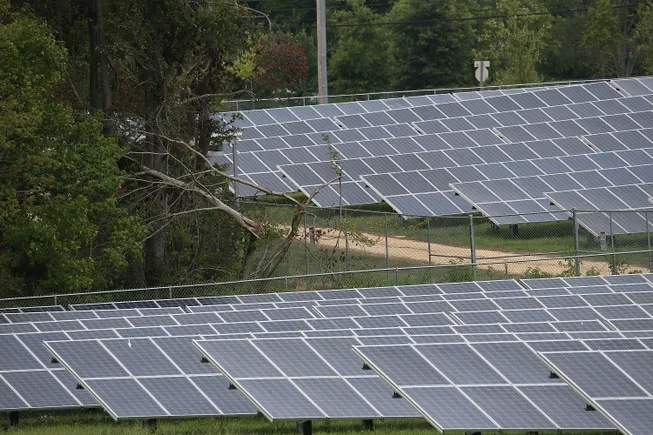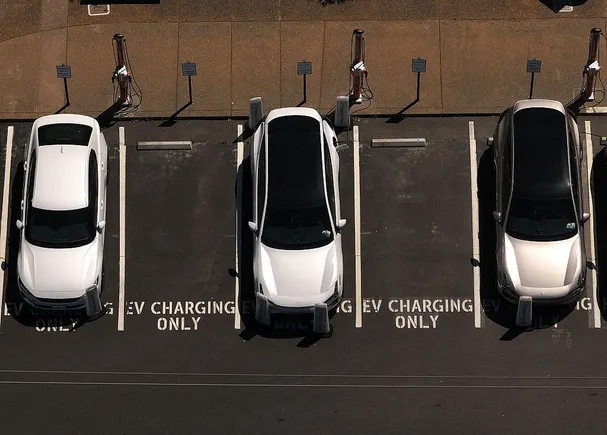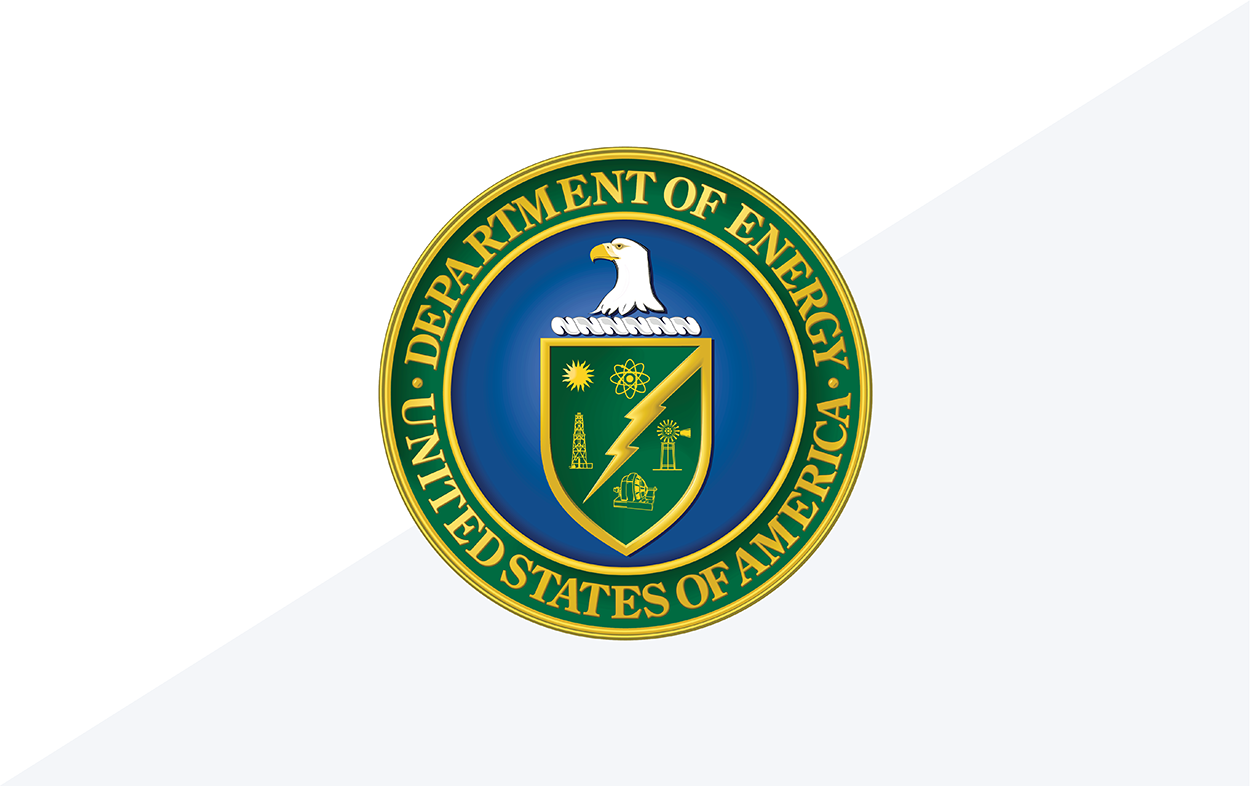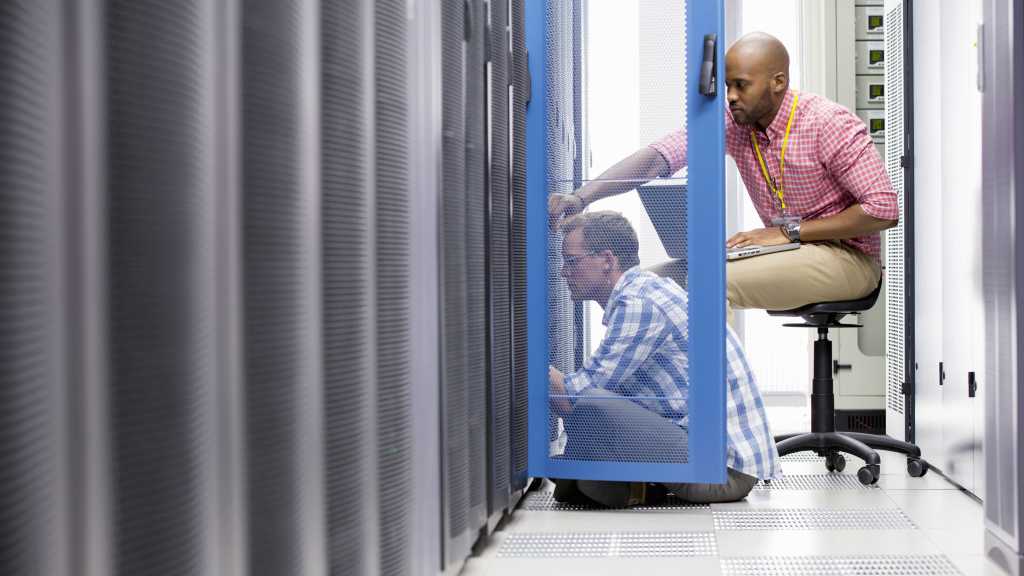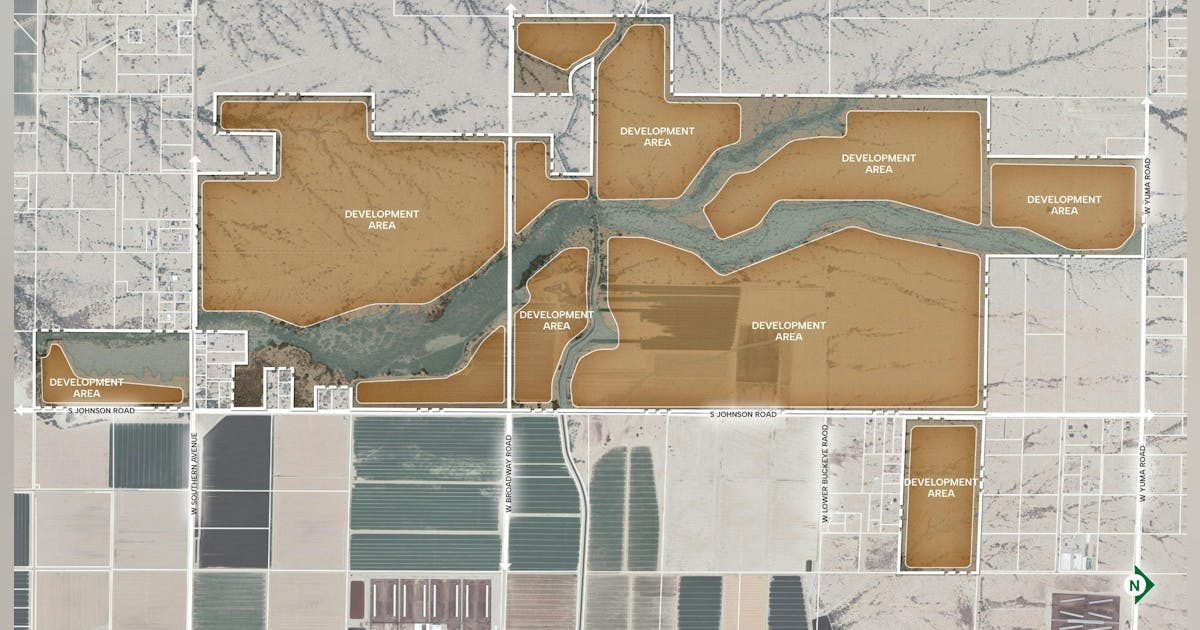Equinor and Orsted have warned that the effects of wake loss on their projects could cost them up to £363 million in lost revenues.
Both developers have submitted financial impact assessments warning that the development of the Outer Dowsing offshore wind farm could have knock-on effects on several of their own developments, including the major Hornsea projects.
TotalEnergies, Corio Generation and Gulf Energy Development are currently looking to create Outer Dowsing. This 1.5GW project could potentially locate up to 100 turbines, each up to 403m high, 33 miles (54km) off the Lincolnshire coast.
With a consent decision expected this year, construction on the wind farm could begin in 2027 with first power in 2030.
However, once completed, Outer Dowsing could lead to wake loss, where its presence affects air currents downwind, impacting other wind farms around it.
 © Supplied by Outer Dowsing Offsho
© Supplied by Outer Dowsing OffshoWhat is wake loss?
Wake loss describes the effect that wind turbines have on air currents as they pass around them. The turbines absorb energy from the wind, slowing the flow of air and making it more turbulent.
For wind farms downwind, wake loss reduces the quality of the air currents and brings down their turbines’ energy yield.
According to Wood Thilsted’s report, wake loss can affect wind farms at distances of 18.5-37 miles (30-60km), with impacts even up to 62 miles (100km).
While wind dynamics are well understood, the issue of wake loss hasn’t been particularly considered by regulatory bodies and developers when creating wind farms. In the early days of the UK’s offshore wind rollout, the relative scarcity of wind farms meant the effects they have on each other were minimal.
But as the UK looks to build more offshore wind farms, the North Sea is becoming crowded. Wake loss is a growing issue, with Equinor and Orsted’s assessments suggesting that even relatively minor effects can translate into millions of pounds of lost revenue.
The report pointed out that the first consenting decision to consider the issue was in 2023 for RWE’s Awel y Mor offshore wind farm off the coast of Wales, which was also the first to secure mitigation for impacts due to wake effects.
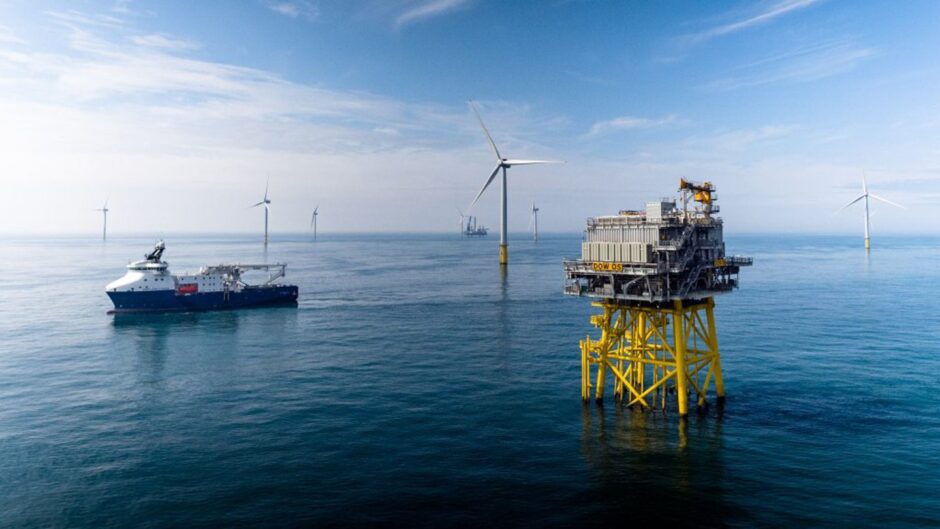 © Photo: Jan Arne Wold – Woldcam / Equinor
© Photo: Jan Arne Wold – Woldcam / EquinorDudgeon and Sheringham Shoal
Equinor warned that its existing Dudgeon and Sheringham Shoal projects could be affected by Outer Dowsing.
Both wind farms are located off the coast of Norfolk and south of Outer Dowsing, with Dudgeon 8 miles (13km) away from the project site.
With 402MW at Dudgeon and 317MW for Sheringham Shoal, the developers received consents in April last year to double their capacity with a combined extension project.
According to Equinor’s assessment, the impact of Outer Dowsing on the operational wind farms and the planned extensions could be between £42 million and £164m in revenue over their lifetimes.
In addition, the document envisions a scenario where Sheringham Shoal suffers a 0.76% wake loss from Outer Dowsing, leading to a revenue loss of £6m-13m.
Dudgeon could suffer a 0.88% loss, costing it £12m-31m, while a 0.89% & 0.30% loss respectively on the Sheringham Shoal and Dudgeon Extension could cost them between £24m and £120m.
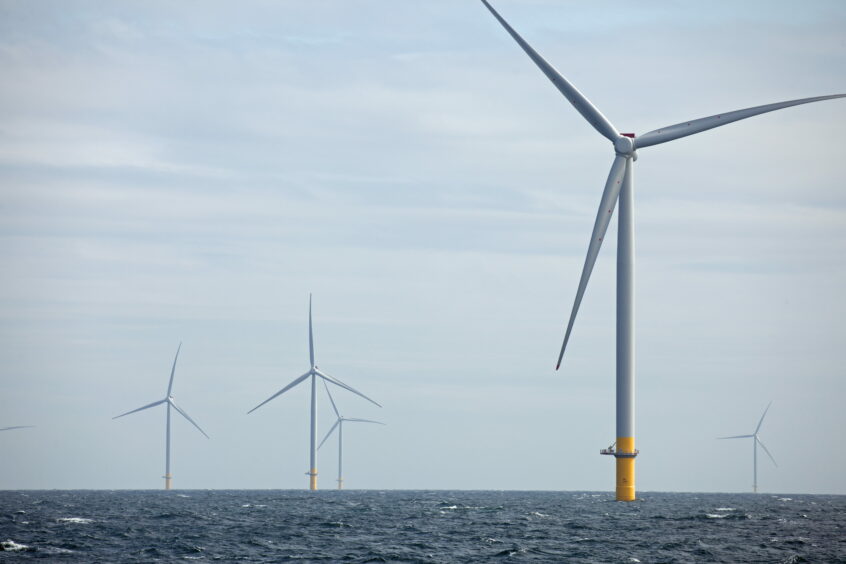 © Supplied by JMC Communications Scotland
© Supplied by JMC Communications ScotlandHornsea
Orsted explored the impact that Outer Dowsing could have on its operational Race Bank, Hornsea 1 and Hornsea 2 projects. Orsted holds a 50% ownership stake in each of the projects.
The 573MW Race Bank wind farm is based off the north Norfolk coast and southwest of Outer Dowsing. Meanwhile, the 1.2GW Hornsea 1 and 1.32GW Hornsea 2 are among the UK’s biggest offshore wind farms, and are located next to each other around 74.6 miles (120 km) off the Yorkshire coast.
According to Orsted’s financial impact assessment, wake loss caused by Outer Dowsing could result in a £67m-199m financial impact on the projects.
This envisions a 0.52% wake loss hitting Race Bank, causing a £9m-23m impact, while a 0.67% wake loss could bring down Hornsea 1’s revenue by £33m-91m, and a 0.68% wake loss could cost Hornsea 2 £25m-£85m.
The assessments from both Equinor and Orsted are based on a recent report from Wood Thilsted.
The report added that additional projects, including 857MW Triton Knoll, 210MW Westermost Rough, 270MW Lincs, 97.2MW Inner Dowsing, 97.2MW Lynn, and 219MW Humber Gateway. In addition, future wind farms such as Hornsea 3 and Hornsea 4 could also be impacted.







